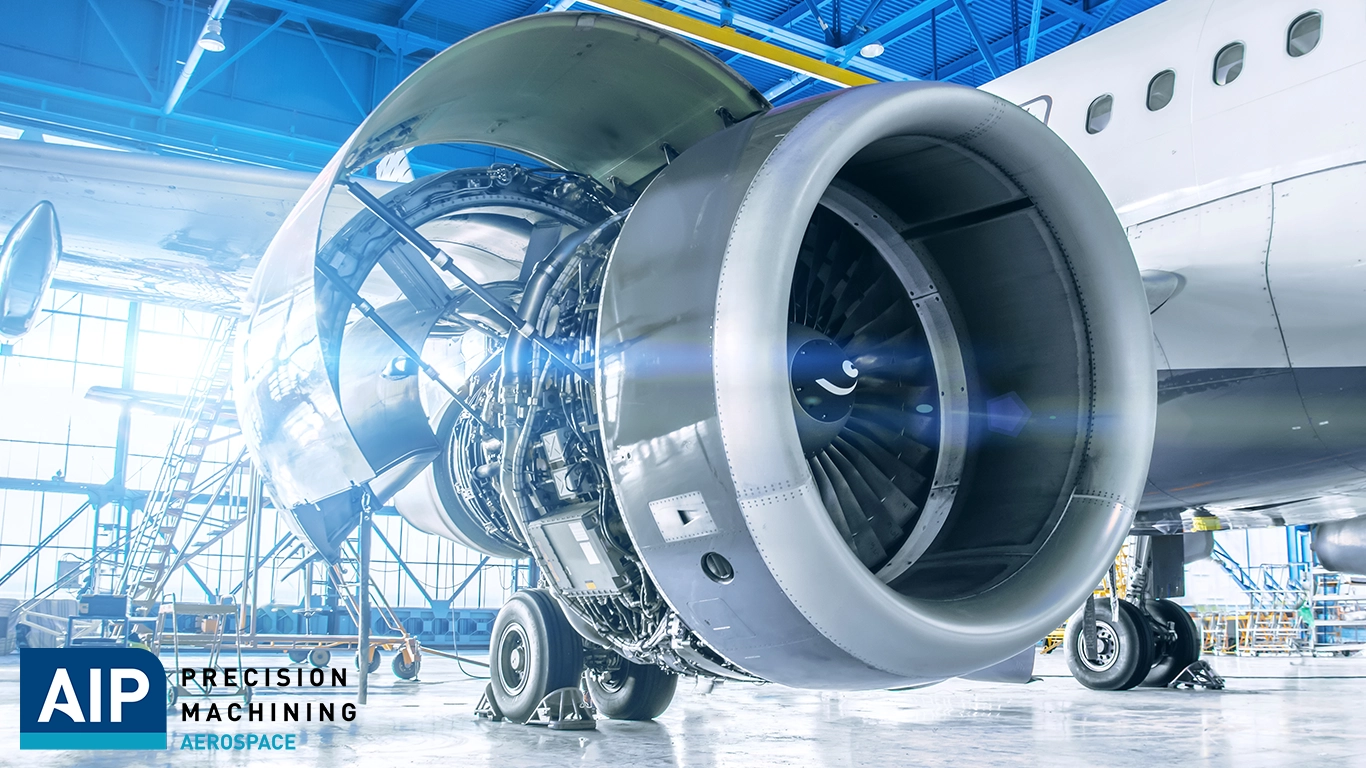
Polysulfone stands as a crucial engineering thermoplastic in modern aerospace applications, offering exceptional performance under extreme conditions. This high-performance polymer combines remarkable temperature resistance, mechanical strength, and chemical stability, making it ideal for demanding aerospace components. The material’s unique combination of properties has led to its widespread adoption in critical aircraft systems and structures.
The aerospace industry utilizes polysulfone across various applications, from interior panels to complex fuel system components. This versatile material excels in high-temperature environments, maintains structural integrity under mechanical stress, and provides excellent chemical resistance. The following sections examine polysulfone’s key properties, manufacturing techniques, specific aerospace applications, and essential design considerations for optimal implementation in aerospace components.
Properties of Polysulfone for Aerospace Applications
The molecular structure of polysulfone, characterized by repeating sulfur molecules in its backbone, enables a remarkable set of properties that make it invaluable for aerospace applications. These properties combine to create a material that excels in the demanding conditions of aircraft operations.
High temperature resistance
Polysulfone demonstrates exceptional thermal stability, maintaining its dimensional integrity at temperatures up to 185°C (365°F). This high-temperature performance is particularly crucial for aerospace components that experience significant thermal stress. The material’s glass transition temperature of approximately 187°C ensures reliable performance even during prolonged exposure to elevated temperatures.
Excellent mechanical strength
The material exhibits outstanding mechanical properties, with high tensile strength and flexural modulus that remain stable even as temperatures increase. Its amorphous structure contributes to exceptional dimensional stability and resistance to creep under load. These characteristics make it particularly suitable for structural components that must maintain their integrity under varying stress conditions.
Chemical and radiation resistance
Polysulfone demonstrates superior resistance to:
- Inorganic acids and bases
- Hydrocarbon oils and detergents
- Steam and hot water exposure
- Radiation environments
The material’s hydrolytic stability is particularly noteworthy, allowing it to maintain its properties even after repeated exposure to steam sterilization and hot water cleaning processes.
Low weight and high stiffness
With a density range of 1.2-1.4 g/cm³, polysulfone offers an excellent strength-to-weight ratio crucial for aerospace applications. The material’s inherent stiffness, combined with its low weight, makes it an ideal choice for components where weight reduction is critical without compromising structural integrity. Its high stiffness characteristics remain consistent across a broad temperature range, ensuring reliable performance in various operating conditions.
The material’s transparency and self-extinguishing properties further enhance its versatility in aerospace applications, particularly in interior components where both visibility and fire safety are essential considerations.
Manufacturing Techniques for Polysulfone Aerospace Parts
Manufacturing polysulfone aerospace components requires specialized techniques that ensure precise dimensional accuracy and maintain the material’s superior properties. Each manufacturing method offers distinct advantages for specific aerospace applications.
Injection molding
Injection molding of polysulfone demands precise control over processing parameters. The material requires pre-drying at 120-140°C for 4-6 hours to prevent degradation during processing. The molding temperature typically ranges above 280°C, with careful attention to:
- Mold temperature control (120-160°C)
- Injection pressure (above 100 MPa)
- Proper venting and gate design
- Post-processing annealing treatment
Extrusion
The extrusion process for polysulfone aerospace components involves forming the material through a die to create constant cross-section profiles. This continuous process requires heating the polymer above its melt temperature while maintaining precise control over:
- Screw design and barrel temperature
- Cooling and calibration systems
- Dimensional stability during solidification
Thermoforming
Thermoforming offers significant advantages for aerospace applications, particularly for large-scale components. The process provides lower tooling costs and reduced development time compared to injection molding. This technique excels in producing interior panels, seatbacks, and various cabin components while maintaining tight aerospace tolerances.
3D printing/additive manufacturing
Advanced 3D printing technologies have revolutionized polysulfone component manufacturing for aerospace applications. This process enables the production of complex geometries and lightweight structures through layer-by-layer deposition. The technology offers several benefits:
- Rapid prototyping capabilities
- Design flexibility for complex parts
- Reduced material waste
- On-demand production potential
The selection of manufacturing technique depends on factors such as component size, complexity, production volume, and specific performance requirements. Each method requires careful attention to processing parameters to maintain polysulfone’s inherent properties and meet stringent aerospace quality standards.
Key Aerospace Components Using Polysulfone
The versatility of polysulfone has led to its widespread adoption across numerous aircraft components, each leveraging specific material properties for optimal performance. From cabin interiors to critical system components, polysulfone’s unique characteristics make it an ideal choice for demanding aerospace applications.
Interior panels and structures
Polysulfone’s inherent flame retardance and favorable fire, smoke, and toxicity (FST) behavior make it particularly suitable for aircraft cabin applications. The material excels in interior components including:
- Ceiling elements and partitions
- Light covers and galley doors
- Privacy screens and decorative panels
- Seating components and structural elements
These applications benefit from polysulfone’s ability to be processed into sheets ranging from 0.5 to 5 mm thickness, offering inherent delamination resistance and easy colorability.
Electrical housings and connectors
The material’s exceptional electrical insulation properties and high-temperature resistance make it ideal for electrical components. Polysulfone maintains its dielectric properties even under extreme conditions, making it suitable for high-performance electrical connectors and housings. Its dimensional stability ensures reliable electrical connections throughout temperature fluctuations common in aerospace operations.
 Fuel system components
Fuel system components
Polysulfone’s outstanding chemical resistance and stability make it particularly valuable in fuel system applications. The material maintains its structural integrity when exposed to aviation fuels and hydraulic fluids, while its high-temperature resistance ensures reliable performance across various operating conditions. Components include fuel manifolds, connectors, and specialized fittings designed for fuel system integration.
Hydraulic system parts
In hydraulic systems, polysulfone components demonstrate excellent resistance to pressure and wear. The material’s ability to maintain its mechanical properties under continuous pressure at temperatures up to 150°C makes it ideal for hydraulic system components. Its resistance to mineral acids, alkali, and electrolytes ensures long-term reliability in these critical applications.
Design Considerations and Best Practices
Successful implementation of polysulfone in aerospace applications requires careful attention to design principles and rigorous adherence to industry standards. Engineers must consider multiple factors to ensure optimal performance and longevity of components.
Accounting for thermal expansion
The design process must account for polysulfone’s thermal behavior, particularly its glass transition temperature of 187°C. Engineers should incorporate expansion joints and flexible mounting solutions in assemblies where significant temperature variations occur. The material’s amorphous nature provides better dimensional stability compared to crystalline polymers, but thermal cycling effects must still be considered during the design phase.
Optimizing part geometry for strength
Structural optimization focuses on maintaining uniform wall thickness and avoiding sharp corners that could concentrate stress. Design engineers should:
- Implement appropriate radii at corners to distribute loads
- Maintain consistent wall thickness to prevent warping
- Consider creep behavior under sustained loads
- Design for proper cooling during processing
Ensuring proper bonding and assembly
Surface preparation plays a crucial role in achieving reliable bonds. The material requires specific preparation techniques, including:
- Thorough cleaning to remove contaminants
- Surface treatment to enhance adhesion
- Temperature control during bonding processes
- Use of compatible adhesives or welding techniques
Testing and qualification procedures
Aerospace components manufactured from polysulfone must undergo rigorous testing to ensure compliance with industry standards. Testing protocols typically include:
- Environmental stress testing
- Chemical resistance verification
- Mechanical property validation
- Thermal cycling assessment
- Radiation exposure testing when applicable
The testing phase must verify the component’s ability to maintain its properties under various environmental conditions, including exposure to cleaning agents, hydraulic fluids, and temperature extremes. Quality control measures should include dimensional verification and non-destructive testing methods to ensure structural integrity.
Conclusion
Polysulfone’s remarkable combination of high-temperature resistance, mechanical strength, and chemical stability positions it as an essential material for modern aerospace applications. The material’s proven performance in critical components, from interior panels to complex fuel system parts, demonstrates its versatility and reliability under extreme conditions. Manufacturing flexibility through injection molding, extrusion, thermoforming, and additive manufacturing enables aerospace engineers to create precisely engineered components that meet rigorous industry standards.
Success with polysulfone components demands meticulous attention to design principles, thermal considerations, and quality control measures throughout the manufacturing process. Optimize Performance with Precision-Engineered Polysulfone Parts – AIP’s aerospace-certified machining processes ensure superior component performance under extreme conditions. Request a quote to start your project.
FAQs
- What are some disadvantages of using polysulfone?
While polysulfone has many benefits, it also comes with some drawbacks. Firstly, it is relatively expensive, which might deter some businesses and consumers. Additionally, it requires specialized equipment and expertise for processing, which can complicate its use. - What are the benefits of using polysulfone membranes?
Polysulfone membranes are particularly valued in microfiltration and ultrafiltration processes. Their advantages include chemical inertness across all pH levels, high compressive strength, and excellent thermal stability, making them ideal for demanding applications.






